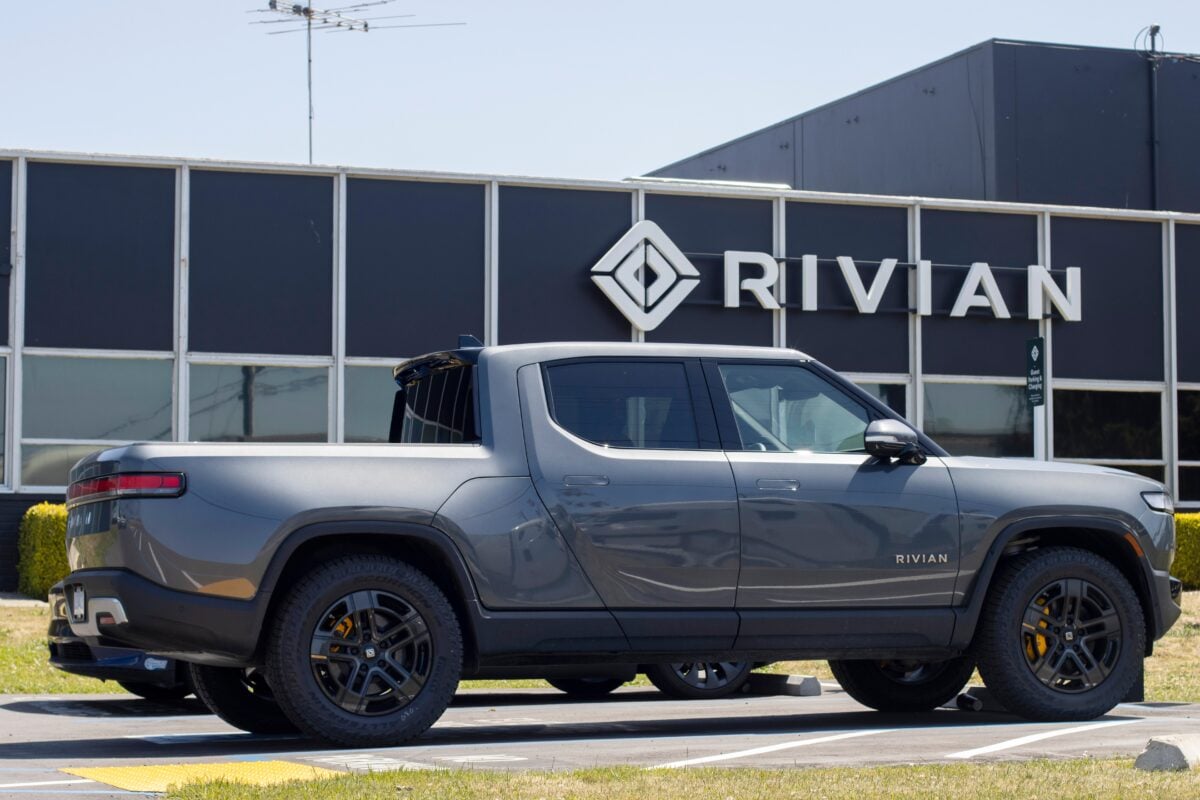TLDRs;
- Rivian is cutting over 600 jobs, or 4.5% of its workforce, as EV demand slows and incentives fade.
- The U.S. federal EV tax credit expires in September 2025, likely dampening future EV sales.
- Supply chain disruptions and rare earth shortages have increased Rivian’s per-vehicle production costs by 8%.
- The company is focusing on cost control and the upcoming R2 SUV launch to stabilize its long-term outlook.
Rivian Automotive is cutting approximately 4.5% of its workforce, impacting more than 600 employees, as the electric vehicle (EV) market faces mounting challenges from fading consumer demand, shifting policy support, and rising costs.
The U.S.-based automaker confirmed the decision this week, citing the need to streamline operations and focus on upcoming vehicle launches amid softening market conditions.
At the end of 2024, Rivian employed roughly 14,800 workers, making the latest layoffs a significant but targeted reduction in its workforce. The cuts come just weeks before the expiration of the federal $7,500 EV tax credit in September 2025,a key incentive that analysts warn will slow EV sales across the United States once it ends.
Tax credit expiry adds to pressure
The end of the federal EV tax credit is expected to cause a notable short-term spike in sales, followed by a steep decline once the incentive disappears.
For Rivian, whose lineup includes the R1T pickup and R1S SUV, this policy shift adds further strain to a company already battling high production costs and tight margins.
According to recent reports, Rivian’s cost of revenue per vehicle rose about 8% year-on-year to $118,375, driven largely by supply chain disruptions linked to rare earth materials. These components, crucial for electric motors and batteries, have become more expensive as China tightens its export controls, exposing vulnerabilities in global supply chains.
Industry analysts say the expiration of U.S. tax incentives will exacerbate the slowdown in consumer adoption, particularly for mid-range EV models like Rivian’s upcoming R2 SUV, which is expected to start at around $45,000.
Preparing for the R2 SUV launch
Despite the layoffs, Rivian remains committed to its next major milestone, the launch of the R2 SUV, slated to hit the market in 2026. The company has announced a temporary three-week production halt in September 2025 to install new components and prepare for the R2 rollout.
The R2 is seen as Rivian’s attempt to compete more directly with mass-market EVs from Tesla, Ford, and Hyundai. By pricing it under $50,000, Rivian aims to capture a broader segment of consumers while maintaining its reputation for high-performance design and off-road capability.
To make that vision possible, the company has doubled down on cost-cutting initiatives, including optimizing its supply chain, renegotiating supplier contracts, and scaling back non-essential projects. Executives say these measures are intended to preserve liquidity and strengthen the company’s path to profitability.
Industry-wide turbulence hits EV makers
Rivian’s announcement follows similar challenges faced by other EV manufacturers, including Lucid Motors, which also reported weaker-than-expected quarterly results and higher costs tied to tariffs and materials.
Both companies saw their stock prices tumble in early August, Rivian down about 4%, and Lucid 7% in after-hours trading, reflecting growing investor caution toward the EV sector.
Beyond company-level issues, broader geopolitical factors are amplifying the pain. China’s dominance in rare earth mining and refining, controlling 70% of global production and 90% of processing, has created strategic vulnerabilities for U.S. automakers. As export restrictions tighten, manufacturers face surging input costs and potential production delays.
Analysts argue that these challenges highlight how dependent U.S. EV growth remains on government incentives and international supply chains. The removal of tax credits, combined with supply shocks, has exposed the fragility of an industry still in its scaling phase.





